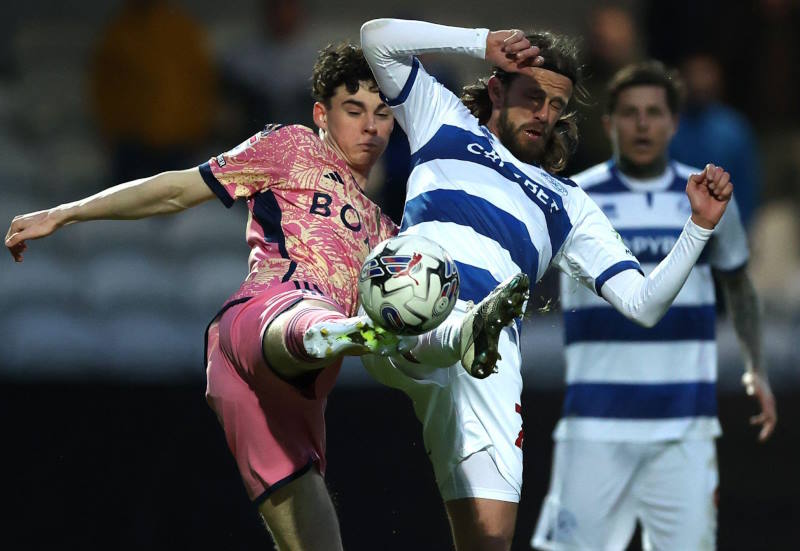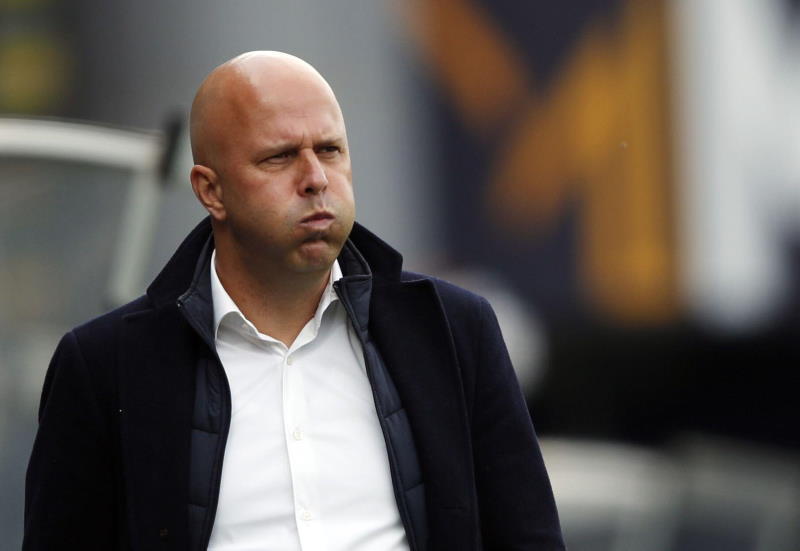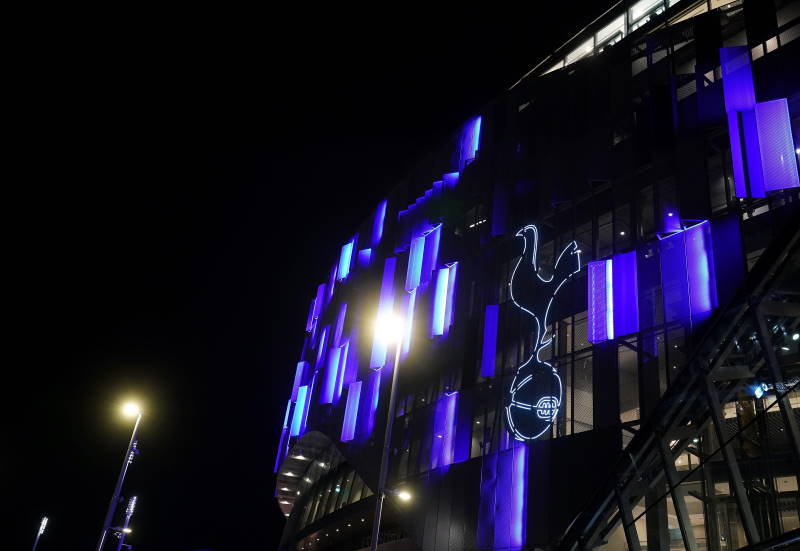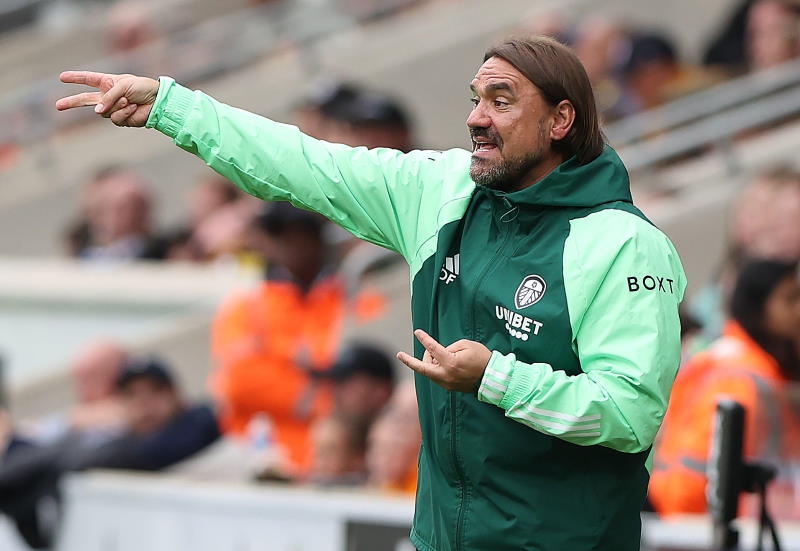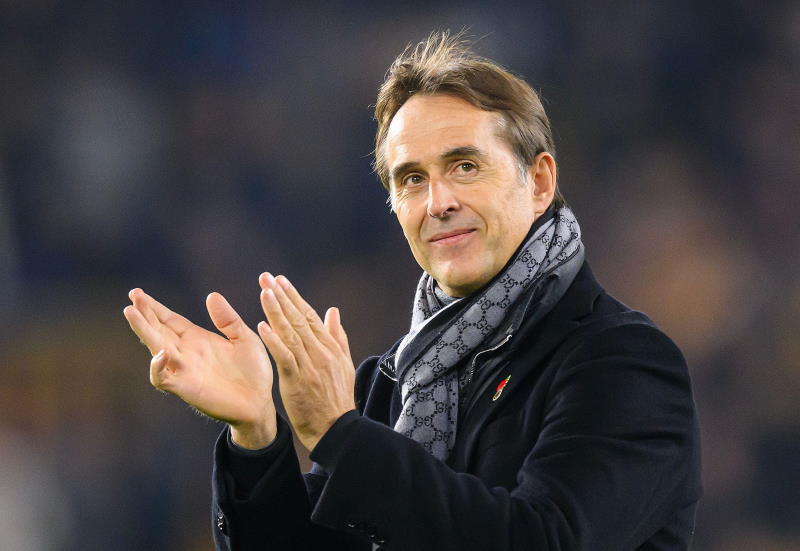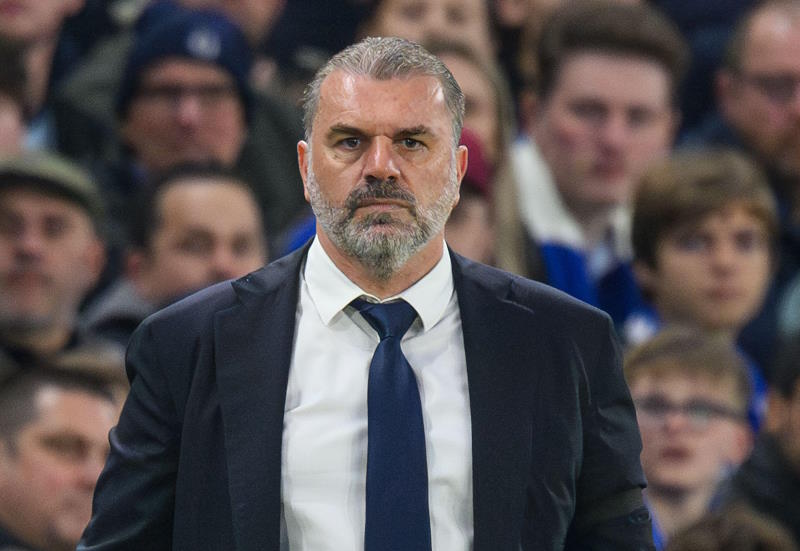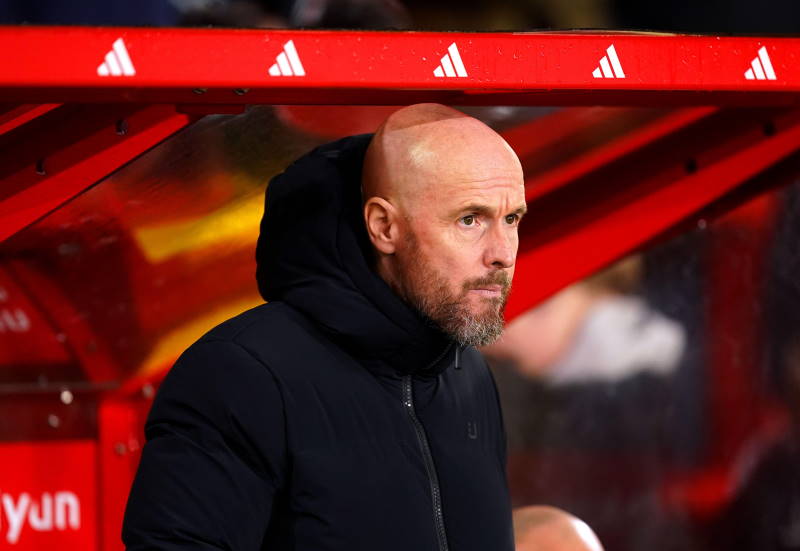
It’s often wondered why more Japanese players are not seen in European football. Those from the Land of the Rising Sun who do ply their trade on the old continent often struggle to adapt, not just to the culture and lifestyle, but also to the style of football practiced on Europe’s pitches.
In Japan, a relatively gifted generation, including the likes of incumbent Asian Player of the Year Yasuhito Endo, Kengo Nakamura and Tulio Tanaka, have overlooked big European moves for a stay in the domestic J-League. Such is their enjoyment of home comforts that after an initial move in either their teens or early twenties, often from their hometown clubs, they very rarely look to pastures new.
It has surely been noted by Japanese players that some of those who seek a move abroad end up improving their game and can go on to become integral parts of the national team. Such was the case for Hidetoshi Nakata, the recently returned Shunsuke Nakamura and, to a lesser degree, Kazuyoshi Miura. Now, young gun Keisuke Honda, starring for CSKA Moscow, appears to be being touted as the next focal point of the national team.
Even with some youngsters working away, developing in Europe, why is it that, unlike Australia, the United States, or even South Korea to an extent, Japan are reluctant to send their best talent westward?
Of course, the domestic leagues of Australia, South Korea, and other Asian nations are arguably not of the same standard as Japan’s J-League. That much is certain. However, one factor to note with both Australia and South Korea is that each have European influences within their systems, albeit to a differing extent. Australia, being largely ethnically European, automatically regards Europe as the place for their players to further their careers, while the role of Guus Hiddink in South Korea has seen a few of their more talented stars fly the coop to Europe’s big clubs: Ji-Sung Park, Yong-Pyo Lee and Yong-Sung Ki to name but a few.
Japan however, with limited European influences beyond former coach and mentor to the national team Ivica Osim, has failed to capitalise on the higher standard of domestic football by sending established talents away to improve even more. It must be said though that if the Asian giants did that, then the standard of their J-League would surely drop.
This still does not quite answer the question however of why many of their best players to do not want to make a big move. After Urawa Red Diamonds ran away with the Asian Champions League it was rumoured that key player Marcus Tulio Tanaka was being lined up by European giants AC Milan. With Italian heritage and a penchant for scoring the odd goal from set-pieces, not to mention being named in the J-League’s seasonal best eleven, six times in a row, it made sense for Tanaka to be watched by such a prestigious club. Whether the Italians did want the defender or not however, Tanaka is certainly of the standard required to play in Europe’s higher leagues. Instead, the 28-year-old swapped Urawa Red Diamonds for domestic rivals Nagoya Grampus Eight to join Vladimir Stoijkovic’s Aichi revolution. For many J-League enthusiasts the move is quite a coup for Grampus given Urawa’s standing as the ‘Manchester United of Japan’ and the fact Tanaka’s new club have never won a J-League title and only recently found themselves anywhere near challenging for it.
So why is it that Japan’s best players, who dominate the domestic game, do not choose a path overseas?
It can be speculated that many would simply not adapt to a foreign way of living or even how the game is played. After all, most who do make the move to Europe do so at a young age: Nakata, Shunsuke Nakamura, Makoto Hasebe, Honda and Takayuki Morimoto prove this. Morimoto’s and Honda’s careers are only just beginning, and they are being touted in some corners as Japan’s next generation: Honda forcing himself into the national team reckoning after superb work with Eredivisie side VVV Venlo and Morimoto forging a career with Serie A side Catania, making certain his form has been recognised by the Japanese coaching staff after long being seen as an afterthought.
Perhaps another factor to be considered is the track record of many players who have moved to Europe, some soon finding themselves out of favour with the national coaching staff. Tsuneyasu Miyamoto (Red Bull Salzburg 2006-07) and Koji Nakata (FC Basel 2006-08) were virtually shunned after the 2006 World Cup, where Miyamoto had captained the side and Nakata added great experience at the heart of the Japanese defence. Whether poor performances in the finals were to blame or not, the duo found themselves ousted entirely from the team following it. In that, it could surely be argued that had they been playing in the J-League week in week out, their head coach could have seen a gradual return to form. Even the legendary Shinji Ono was dropped when moving to German side VfL Bochum, and hasn’t since featured for the Blue Samurai. Ono is now back in Japan, returning from Germany for personal reasons.
Even with few Japanese players making the move overseas there have been just as many failures as successes, which may drive many away from Europe. Yoshikatsu Kawaguchi, a legend between the sticks for the Blue Samurai, had a very unappreciated stint with Portsmouth in the English Premier League. Similarly, Atsushi Yanagisawa encountered much difficulty even scoring for his Serie A clubs Sampdoria and Messina. These, along with many other examples may be a result of acculturation issues.
There is clearly a case of Japanese footballers not being appreciated the world over. That is not to say that the J-League is of a poor standard. Quite the contrary to that, it is probably the strongest league in Asia, along with being one of the mightiest domestic championships outside South America and Europe. However, that said, the best players in the world ply their trade on those two continents, and it can only be to the detriment of Japanese football that their stars are not more involved in the biggest leagues in the world, strong domestic championship or not.

